Ever since I started macro photography I’ve lusted after the Canon MT24EX. Its exorbitant price tag put me off buying one and I’ve had to be content using my Canon 420EX Speedlight mounted on a flash bracket with homemade diffuser. Although cumbersome and heavy to hold this simple set-up has served me well for many years. However, the creative possibilities that a twin-flash unit gives in being able to position two flash heads as well as adjust the ratio of their power output are features that I’ve surely missed.
While my finances continue to be tight, times have changed and technology has moved on, now making the twin-light flash more affordable with the Yongnuo YN24EX. At a fraction of the cost of the Canon MT24EX the Yongnuo YN24EX costs approx £145 whereas the Canon MT24EX is more than five times, at a jaw dropping £799!
Are electronic flashes grossly overpriced? A flash contains fairly standard electronic components in a cheap plastic body and unless you’re a professional photographer there’s little to justify the cost of the Canon MT24EX. You could buy nearly 6 YN24EX flashes for the price of one MT24EX! So the temptation to buy the Yongnuo YN24EX was too irresistible and I now look forward to testing my newly acquired purchase.
I have to say that after unboxing the Yongnuo YN24EX my expectations were exceeded, as the build quality appears to be very good and I’m struggling to see how Yongnuo can sell something that is so robust for such a low price. The only Achilles heel I can find is that the battery cover is a bit flimsy and if one is heavy handed could break. However, all the buttons are reassuringly large and chunky requiring only a light touch to function, much better than the small and finicky controls on my Canon 420EX flash.
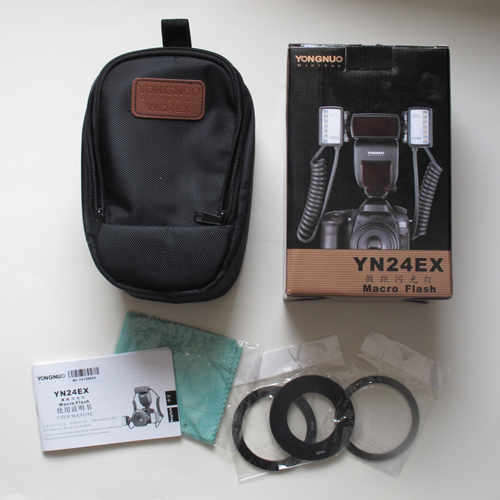
As well as the obligatory manual the YN24EX comes with a well padded bag,
cleaning cloth and 52, 58, 67 and 72mm lens adapters.
According to the manufacturer, the Yongnuo YN-24EX recycles from a full power flash in 3 seconds with new batteries. It’s certainly fast and at low output settings, such as 1/8 to 1/16, the flash recycles almost instantly. The flash-head assembly fits to the front of the lens onto a metal filter adapter and these four adapters are provided – 52mm, 58mm 67mm and 72mm. This is a pretty comprehensive choice that should cover a wide selection of macro lenses. For example, the 52mm fits my Tokina 35mm macro, the 58mm my Canon MPE 65mm and Canon 100mm macro lenses and the 72mm my Sigma 150mm macro. This only leaves my 15mm Laowa macro lens uncovered for but then it has a rather unconventional 77mm thread.
Turning to the LED assistive lights, these closely resemble the shape of the flash tubes and provide excellent light. Pressing the LED button once gives a normal light output and a second touch gives an extra bright light. Needless to say, both heads can be controlled independently and there is also the ability to assign a control function so that the LED assistive lights come on when half-pressing the shutter. You can also mount the heads on the power unit, for something approximating a conventional direct-flash look although I fail to apprehend how this can be useful for macro.
The lens attachment system is a bit big although its flat base shouldn’t interfere with being able approach insects from ground level. The twin-light attachment is made of plastic and fits onto the metal adapter by pressing a tab, much like the ones on a Raynox DCR 250 adapter or more familiar plastic lens cap. While quick to assemble it’s not the most secure of methods as the flash-heads could rotate if accidently pushed.
The Yongnuo YN24EX is very user friendly with all the controls, buttons and dials being close to hand, and changing modes and settings, adding exposure compensation etc. is quick and efficient. I conducted my test in TTL mode and I have to say it worked very well with my 5D and Canon MPE65mm macro lens set up. Indeed, I’m so impressed with the TTL that I can only see myself using the manual mode in the most demanding of cases. The two independent flash heads is why I wanted a macro twin light setup in the first place, and I have to say it is brilliant. Being able to position each flash in a variety of different ways, as well as the ability to change the lighting ratios allows more creativity and lighting options.

The controls are very user friendly with good quality chunky buttons.
As with any flash used for macro the YN24EX will need experimenting with diffusion along with the correct amount FEC (flash exposure compensation), but aside from that the exposures seem very reliable once you have got the FEC right (more of this in my next post).
Conclusion
At long last, I’m very happy to have an affordable dual headed flash. This unit is well designed and feels reassuringly solid. It’s very easy to set up and use. I love the chunky buttons and above all the locking hotshoe mount, which is a huge improvement over the twist down style lock of my Yungnuo YN560 III. Weight is low and the flash balances well on the camera. It’s powerful for macro work and recycle times are good. I’ll wait to see what battery life is like, as I haven’t tested this extensively. If like me, you have been lusting after the Canon MT24EX and couldn’t justify the ridiculous high price tag then the Yongnuo YN24EX is an affordable substitute.

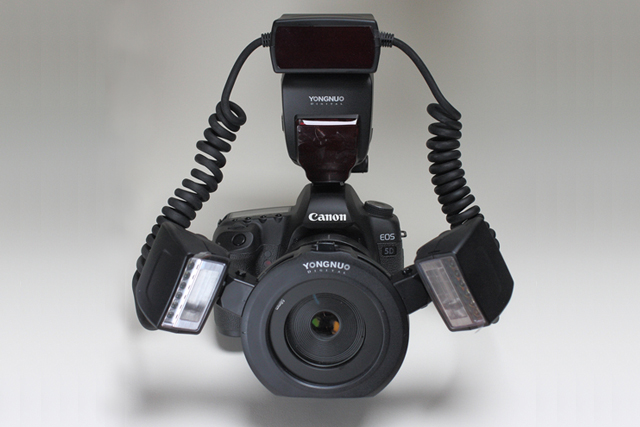
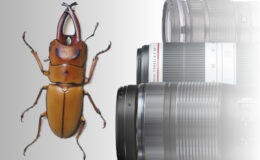
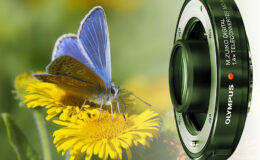

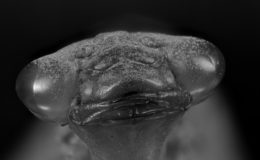

Leave a Comment